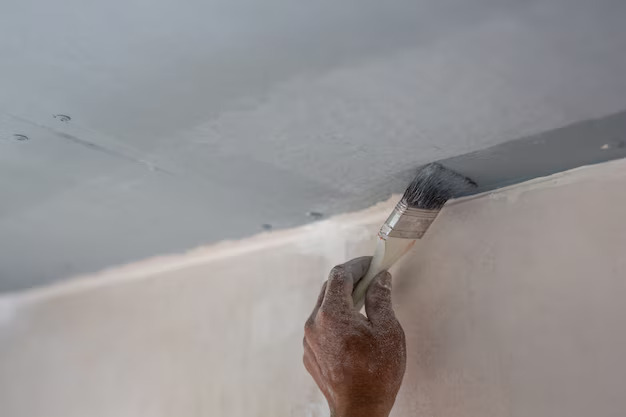Ceiling work, an intricate and often overlooked aspect of interior design and architecture, plays a crucial role in enhancing the aesthetics and functionality of a space. In the picturesque city of Dehradun, nestled in the lap of the Himalayas, ceiling work takes on a unique blend of tradition and innovation. This article explores the rich tapestry of ceiling work in Dehradun, delving into its historical significance, traditional techniques, and contemporary adaptations.
A Glimpse into Dehradun’s History
Dehradun, the capital city of Uttarakhand, boasts a rich history that dates back centuries. It has been home to various dynasties, including the Garhwal Kingdom, the Gorkhas, and the British, each of which left its mark on the region’s architectural and design traditions. One of the most prominent legacies of this history is the intricate and artistic ceiling work found in many of the city’s buildings.
Traditional Ceiling Work Techniques
Wood Carving: Wood carving is a prominent technique used in Dehradun’s ceiling work. Artisans carve exquisite patterns and motifs on wooden panels, which are then integrated into the ceiling design. These designs often draw inspiration from nature, featuring floral and fauna elements that reflect the region’s natural beauty.
Stucco Work: Stucco work involves creating intricate designs on the ceiling using a mix of plaster and various additives. This technique allows for elaborate and delicate patterns that are not only visually stunning but also durable. Stucco work is often found in ancient temples and palaces throughout the city.
Painted Ceilings: Hand-painted ceilings are another hallmark of Dehradun’s architectural heritage. Skilled artists meticulously paint scenes from Hindu mythology, historical events, and nature on the ceilings of temples, havelis (traditional mansions), and other significant structures.
Jaali (Lattice) Work: Jaali work involves creating intricate latticework patterns on wooden or stone ceilings. This technique not only adds an aesthetic appeal but also allows for natural ventilation and light, making it suitable for the region’s climate.
Contemporary Adaptations
While the traditional techniques remain cherished, Dehradun’s ceiling work has also evolved to meet the demands of modern architecture and interior design. Contemporary designers and architects in Dehradun often blend traditional craftsmanship with modern materials and technology to create unique and functional ceiling designs.
Sustainable Materials: Many contemporary ceiling designs in Dehradun emphasize the use of sustainable materials such as reclaimed wood, bamboo, and eco-friendly paints. This approach aligns with the growing global awareness of environmental conservation.
Integration of Technology: Smart lighting, audio-visual systems, and climate control features are seamlessly integrated into modern ceiling designs, enhancing the functionality of spaces while maintaining their aesthetic appeal.
Minimalist Design: In line with current design trends, some projects in Dehradun opt for minimalist ceiling designs that prioritize simplicity and clean lines, creating a sense of spaciousness and serenity.
Conclusion
Ceiling work in Dehradun is a testament to the city’s rich heritage and its ability to blend tradition with innovation. The intricate woodwork, stucco patterns, hand-painted masterpieces, and contemporary adaptations all contribute to the unique charm of Dehradun’s architectural landscape. Whether you’re exploring ancient temples or modern homes, the ceilings of Dehradun tell a story of craftsmanship, culture, and creativity that continues to thrive in this vibrant city.
